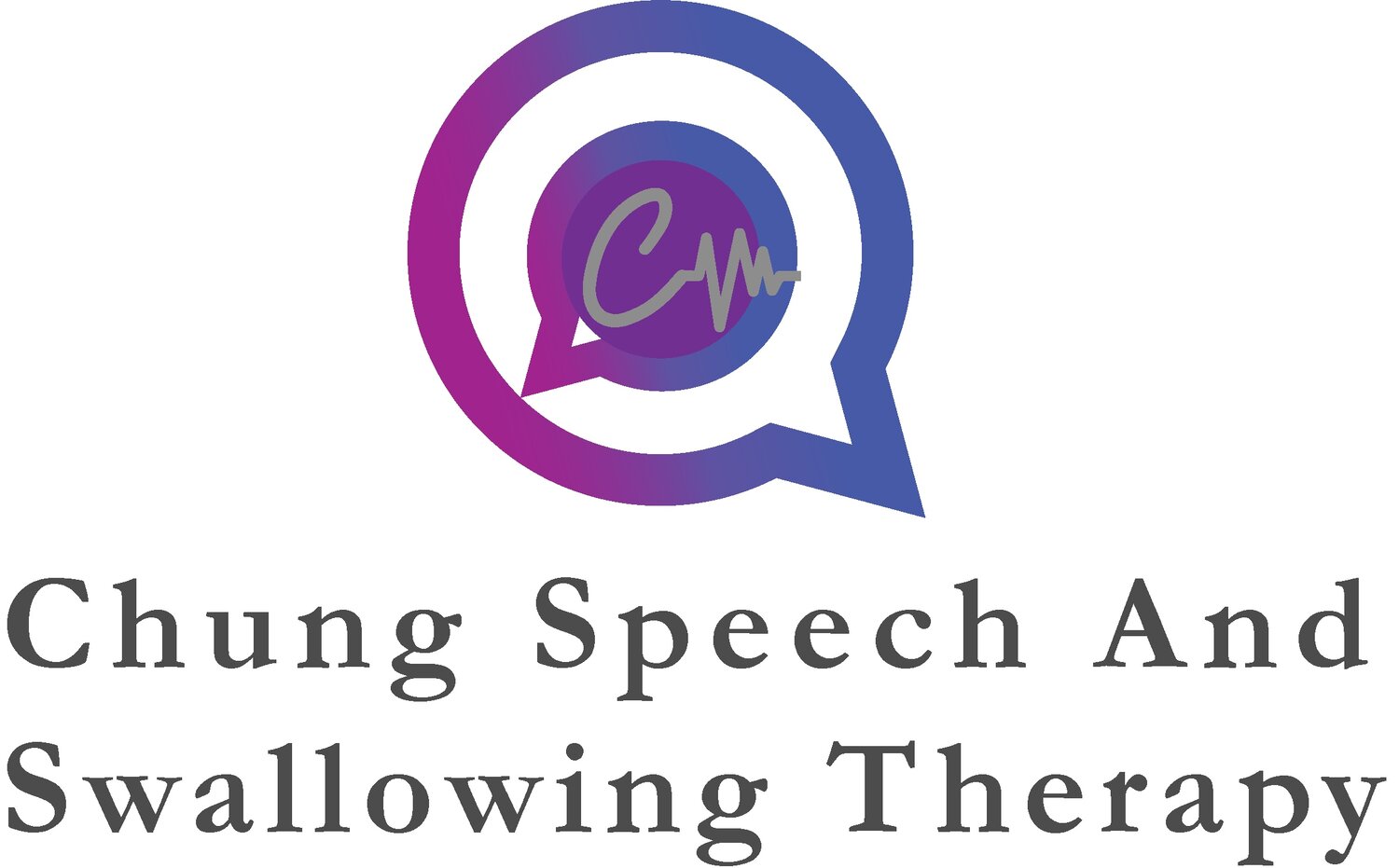Our Services

Swallowing Evaluation and Therapy
Assessment of oral and pharyngeal swallowing function via MASA during oral intake trials
Lingraphica SmallTalk Oral Motor Exercises App
Ampcare ES
Swallowing difficulty can affect our well-being in many aspects.
It is quite surprising that 1 out of 6 adults report experiences of dysphagia (Adkins et al., 2019). In addition, the prevalence of dysphagia (swallowing difficulties) is suggested to be as high as 22% of the population over 50 years of age (National Foundation of Swallowing Disorders). The clients diagnosed with stroke, brain injury, head & neck cancer, pulmonary diseases, Parkinson’s disease, or other neurological disorders are associated with a higher prevalence of swallowing difficulties than ones without such comorbidity.
Several examples of dysphagia or associated symptoms are listed below:
Poorly contained food or liquid bolus in oral cavity
Poorly managed secretion
Oral residue after swallowing or eating
Prolonged chewing or meal time
Feeling of food sticking in throat
Vocal quality change after swallowing or eating
Coughing or choking on foods or liquids
Our evaluation of oral and pharyngeal swallowing function consists of an oral motor examination, formal/informal assessments of eating and swallowing, and oral intake assessment with foods and liquids. We use the Mann Assessment of Swallowing Ability (MASA) to assess impairments and score severity of dysphagia and the level of aspiration risk. This assessment can be repeated to assess progress and prognosis. In addition, the Eating Assessment Tool (EAT-10) is used to screen oropharyngeal dysphagia based on clients’ self assessments as well as to monitor treatment responses and functional outcomes. Smalltalk Oral Motor Exercises App for iOS is a video app showing lip exercises, tongue, cheek, jaw, soft palate exercises. The exercises can be implemented to improve chewing and swallowing function as well as motor speech functions.
Recommendations following the initial evaluation may be made for further testing such as Modified Barium Swallow Study (MBSS) or a Fiberoptic Endoscopic Examination of Swallowing (FEES) as indicated based on the initial evaluation result or pending review. You can bring the reports and video formats of prior MBS studies that can be reviewed and utilized towards your plan of care. I am a certified MBSImp provider and pleased to review your MBS or FEES report and video recordings as available.
Based on clients’ interest, initial evaluation results, and/or physician referrals, the clinician will recommend types and frequency of dysphagia treatment. Dysphagia treatment/swallowing therapy generally consists of oral motor, chewing, and swallowing exercises and behavioral intervention towards safe swallow precautions or strategies. The muscles and cranial nerves involved in the altered neural control will be targeted to enhance labial seal, tongue base retraction, bolus manipulation, anterior-posterior transfer, chewing, oral residue clearance, swallow timing, hyolaryngeal excursion, laryngeal vestibule closure, pharyngeal residue clearance, and/or upper esophageal sphincter opening. Neuromuscular Electrical Stimulation (NMES) for dysphagia may be recommended as appropriate. You can find local providers of Ampcare Effective Swallowing Protocol (ESP™).

Speech-Language, Speech Production, or Cognitive Evaluation and Therapy
Lingraphica device trials may be recommended for clients with moderate to severe aphasia and/or apraxia. Detailed information available is available here.
The Lingraphica TouchTalk AAC Device use can be implemented to address speech, language, and cognition goals for certain clients in therapy sessions with hierarchical cueing.
We love to speak with each other and wanted to be understood.
Speech-Language Evaluations are administered to assess language comprehension (receptive language) and expression (expressive language). Initial assessments are crucial for the clinician and client/family to understand the client’s strengths and opportunities in communication , and contributing factors.
Difficulties and challenges experienced may involve understanding and expressing basic words or ideas. The clinician will be able to describe the types and severity of difficulties and determine on therapeutic methods and strategies to be used in therapy.
Several examples of language (receptive and/or expressive) impairments are listed below. Based on the results of the initial assessment, the specific impairments will be addressed to improve the client’s communication goals.
Limited, incorrect, or slow responses to questions
Difficulties following commands and instructions
Difficulties following or participating in conversation
Delayed or incorrect retrieval/use of words
Aphasia community and other resources and support are available as below:
AAC Device recommendation and application: Lingraphica TouchTalk, Control Bionics the NeuroNode)
Community Resources (e.g., the aphasia community; aphasiarecoveryconnection.org).
Some examples of oral motor deficits and/or speech production impairments:
Oral or facial weakness or asymmetry affecting speech errors with individual sounds or sound sequences
Difficulties sequencing speech movements
Poor breathing coordination in connected speech

Areas of Expertise and Certificates
Apraxia (PROMPT trained for reconstructing oral muscular phonetic targets)
Aphasia Apps (Constant Therapy, TalkPath Therapy, TactusTherapy)
Certified Lingraphica Technology Specialist (AAC device specialist)
Parkinson’s voice (SPEAK OUT!) program certified
Parkinson’s voice (LSVT Loud trained) and swallowing treatment
Orofacial Asymmetry and Weakness (Manual therapy)
Ampcare ESP™ (NMES for dysphagia) certified
McNeill Dysphagia Treatment Program (MDTP) certified
MBSImP Registered Clinician (for a standardized protocol to profile physiologic impairment of swallowing function)






